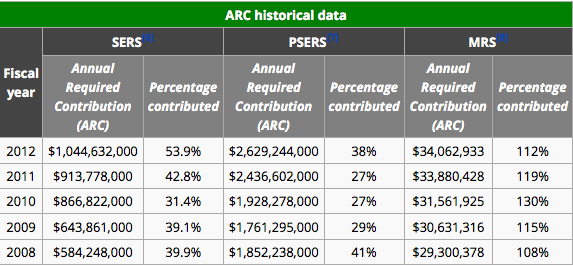 Illinois’ pension reform law is going to get its day in court soon. A judge on Wednesday scheduled arguments for and against the law for next month. That means a final ruling on the law could be made by the end of the year.
Illinois’ pension reform law is going to get its day in court soon. A judge on Wednesday scheduled arguments for and against the law for next month. That means a final ruling on the law could be made by the end of the year.
The law’s opponents and defenders have one thing in common: they both want a ruling on the law’s legality sooner than later.
From Reuters:
Sangamon County Circuit Court Judge John Belz, who is overseeing five consolidated lawsuits filed by labor unions and others, set Nov. 20 for arguments for and against the constitutionality of the law passed by the Illinois legislature last December.
Public labor union coalition We Are One Illinois and other parties have been seeking an expedited ruling in the wake of a July 3 Illinois Supreme Court decision in an unrelated case that determined health care for retired state workers is a pension benefit protected by a provision in the state constitution.
The same provision, which prohibits the impairment or diminishment of retirement benefits for public workers, is the focus of the lawsuits against the state’s pension reform law. The new law, which is currently on hold, reduces and suspends cost-of-living increases for pensions, raises retirement ages and limits the salaries on which pensions are based.
In documents filed with the court on Friday, Illinois Attorney General Lisa Madigan argued that the high court’s July 3 ruling only dealt with retiree health care subsidies being part of the contractual relationship Illinois has with members of the state’s public pension systems.
“The court did not address whether such benefits are immune from the state’s exercise of its police powers. That issue was not before the court,” Madigan’s court filing noted.
In its defense of the pension reform law, Illinois is leaning heavily on its so-called police powers trumping the constitutional provision against reducing public employee retirement benefits. Those powers include the state’s ability to properly fund education, healthcare and public safety. Those sectors would experience substantial cuts if the state’s already large pension burden grows, Madigan said in the filings.
We Are Illinois released the following statement on Wednesday:
“As we have always maintained and the recent Kanerva decision confirms, the pension protection clause of the Illinois Constitution is absolute and without exception. There is no merit to the State’s purported justification for the unconstitutional diminishments and impairments that SB1 imposes. We are hopeful for a swift resolution in the plaintiffs’ favor, so that we can work with legislators willing to develop a fair—and legal—solution to our state’s challenges, together.”









